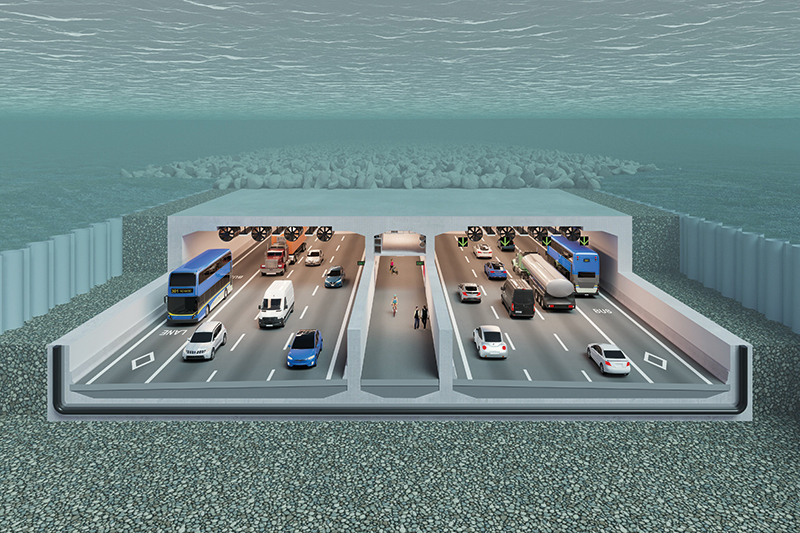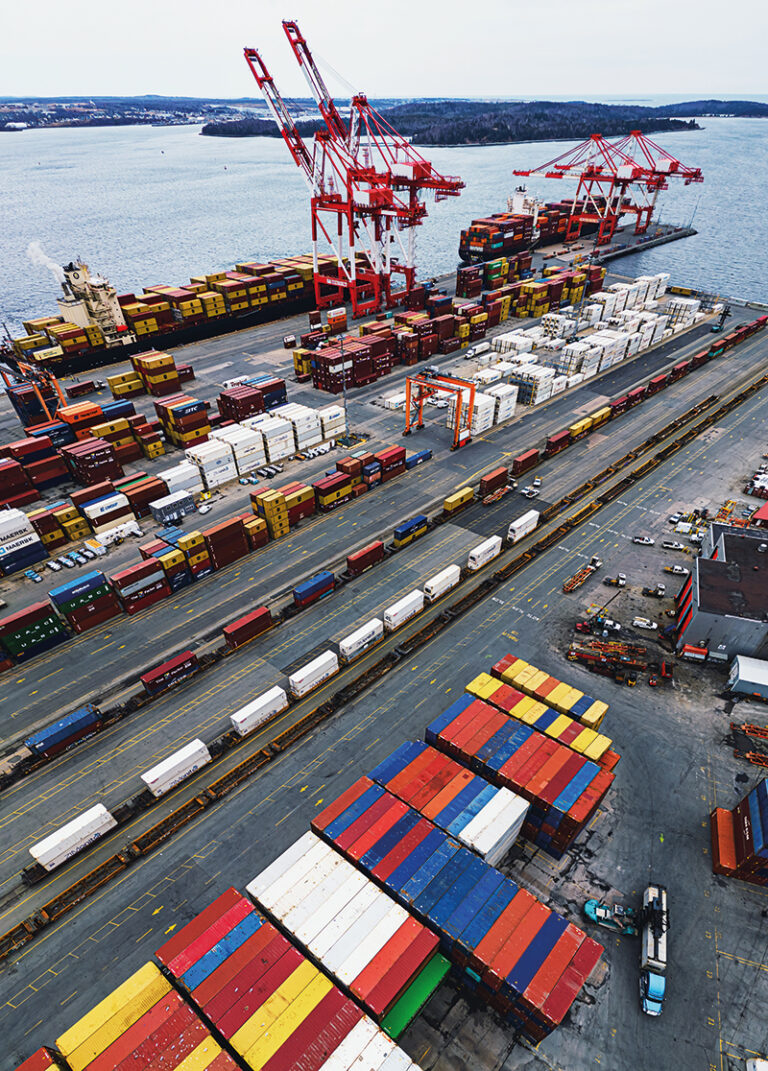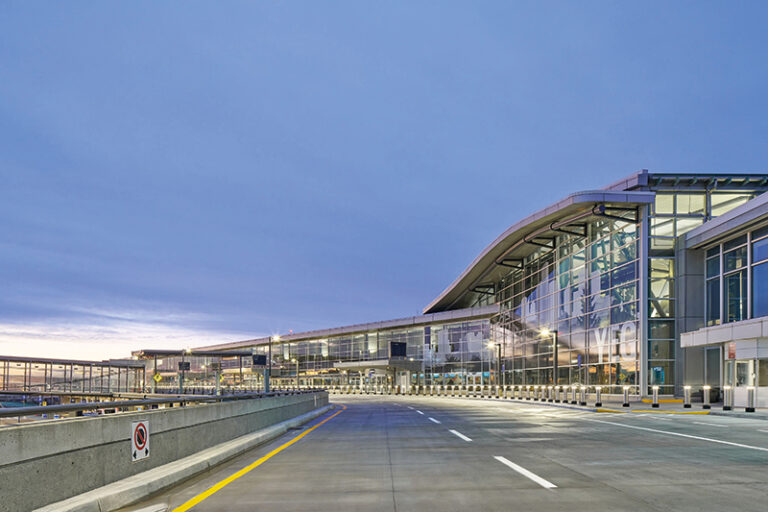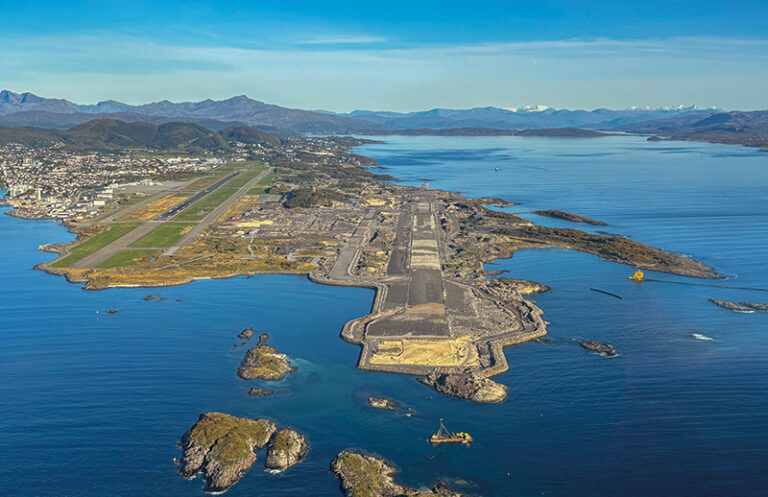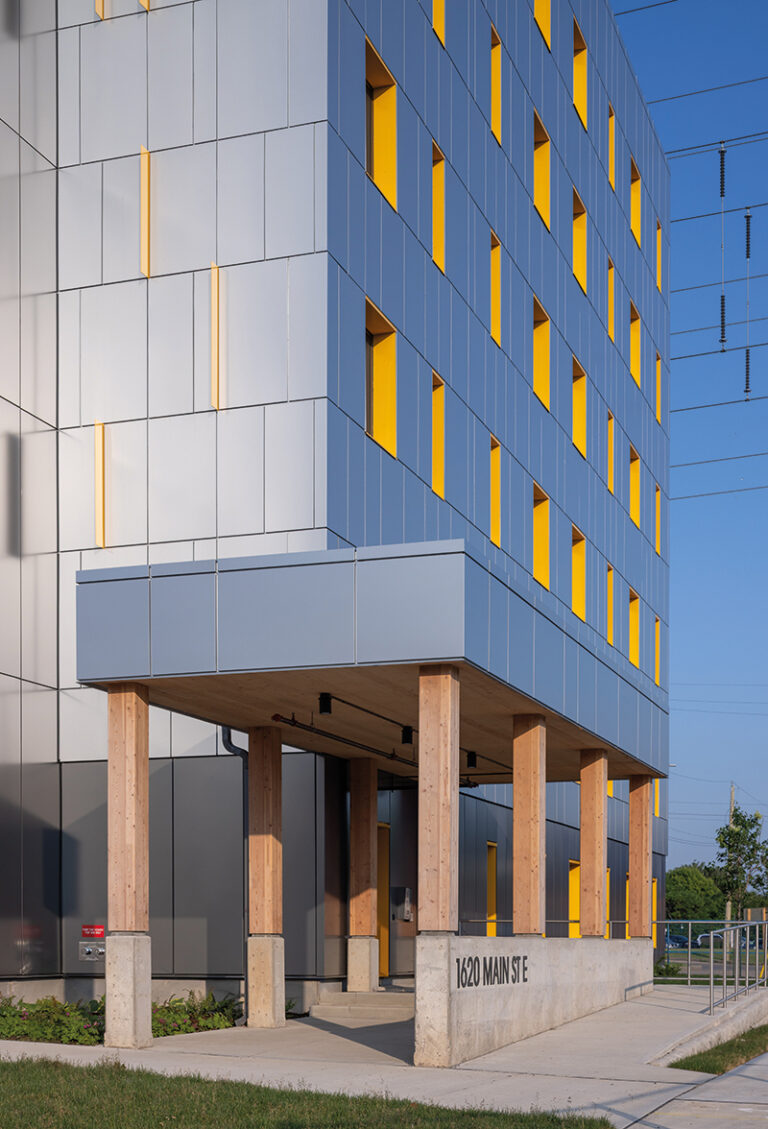At an event hosted by the Empire Club of Canada, Infrastructure Ontario released its latest Market Update, listing 28 major projects in pre- and active procurement, totalling more than $30 billion in estimated design and construction costs. A further 19 publicly announced projects in the initial stages of planning have been included in this update, in addition to a projected 298 capital repairs projects valued at approximately $110 million.
“Infrastructure Ontario’s June 2025 Market Update underscores our commitment to building a more competitive and connected province,” said Angela Clayton, IO’s president and CEO. “We value the strategic collaboration of our industry partners as we deliver high-impact projects for Ontario.”
“To maintain a strong and competitive pipeline, we will continue to work with the market to determine the appropriate delivery model and staging for projects to maximize market engagement, access and participation. And while we are also encouraged by the results realized through new delivery models and interest in collaborative models, we also recognize that project size and complexity are the dominant factors driving project risk and market participation.
“In this regard, we are exploring opportunities to disaggregate “mega projects.” This approach can also help foster competition and wider involvement from a diverse range of partners. IO is working with the government to conduct a thorough review of delivery models and new approaches to design and procurement to address this need.”
Highlights from the June 2025 Market Update include:
- The addition of several new projects including Runnymede Healthcare Centre Post-Traumatic Stress Injury Centre of Excellence – with new locations in Caledon and Toronto, Ontario Provincial Police Academy in Orillia, and Ontario Police College in Aylmer.
- Ontario Place Landscape and Public Realm construction moving into pre-procurement.
- A capital repair program pipeline featuring a projected 298 lifecycle repairs projects across the province (projected regional projects – Northeast: 48, Northwest: 42, Southcentral: 50, Southwest: 56, East: 41, Greater Toronto Area: 29, Toronto Core: 32).
“Our historic plan to build infrastructure is more important today than ever before. It allows for responsible growth while employing hundreds of thousands of people,” said Kinga Surma, Minister of Infrastructure. “We’re making significant progress on our plan to build with 47 major and a projected 298 capital repairs projects now in the planning, pre-procurement and procurement stages. We will continue partnering with the private sector to make it faster and easier to build highways, transit and community infrastructure, while supporting a more resilient and competitive economy.”
This Market Update also includes an initial listing of upcoming projects within the province’s Transit-Oriented Communities (TOC) Program. This pipeline presents valuable opportunities for development partners to contribute to tens of thousands of new homes and vibrant mixed-use communities across Toronto and the broader Greater Toronto and Hamilton Area. Strategically positioned near transit hubs, these communities could add up to about 340,000 more housing units and support jobs, while benefiting from enhanced connectivity through priority transit initiatives. Future Market Updates will feature even more opportunities within the TOC Program.
Since the previous Market Update in June 2024, seven projects have entered the pre-procurement and procurement phases and three projects have moved into the construction phase:
- Quinte Health – Prince Edward County Memorial Hospital Redevelopment
- Weeneebayko Area Health Authority New Hospital
- Scarborough Subway Extension – Stations, Rail and Systems
The Grandview Children’s Treatment Centre, the new patient care tower at Michael Garron Hospital, the Cambridge Memorial Hospital and Volkswagen Battery Cell Plant – Site Preparation have also reached substantial completion.
Given the economic uncertainty in the face of U.S. tariffs, Surma said the province is attempting to evolve its delivery of projects, by driving this change with a strong focus on a variety of delivery models, desegregation of larger projects to improve competition, greater transparency into the pipeline of projects both large and small, and more engagement and collaboration with the market.
“Close cooperation with builders as well as flexible approach on planning and construction are critical as we face a challenging economic landscape or conflicts over trade have become the norm,” she said.
To be more competitive globally, Surma stated that the province is also developing digital twins to deliver projects faster and smarter.
“Since the signing of our MOU with the U.K., we’ve completed a proof of concept on the Eglinton Crosstown West project that has shown some promising findings. For example, the concept developed for the ECWE was able to achieve a 90 per cent automation integration of the latest designs for review and analysis. And we’re developing a plan on how to implement digital twins with our building partners, asset owners, and municipalities.”
Addressing the implications of U.S. trade policy, Clayton said Infrastructure Ontario has been exploring strategies to minimize the impacts of tariffs on its projects, based on feedback that they’ve received from the market over the last several months.
“We’ve consistently heard that the market is concerned about three things,” said Clayton. “First, the burden of the uncertainty driving potential supply chain issues. Second, increased costs for steel, aluminum and other materials and how best to manage these increases. And third, the importance of the continuation of public-sector projects to sustain the market as private-sector work slows down.”
Clayton said with the introduction of recent legislation that the Ontario government is committed to minimizing the impacts of tariffs while investing in opportunities to build the domestic capacity across the construction industry.
“You will also see these commitments reflected in our procurement documents as future projects come to market. You also have our commitment that IO will continue to engage and collaborate to develop strategies and solutions to tackle not just the immediate issues of the day, but also maintaining a longer-term view.”
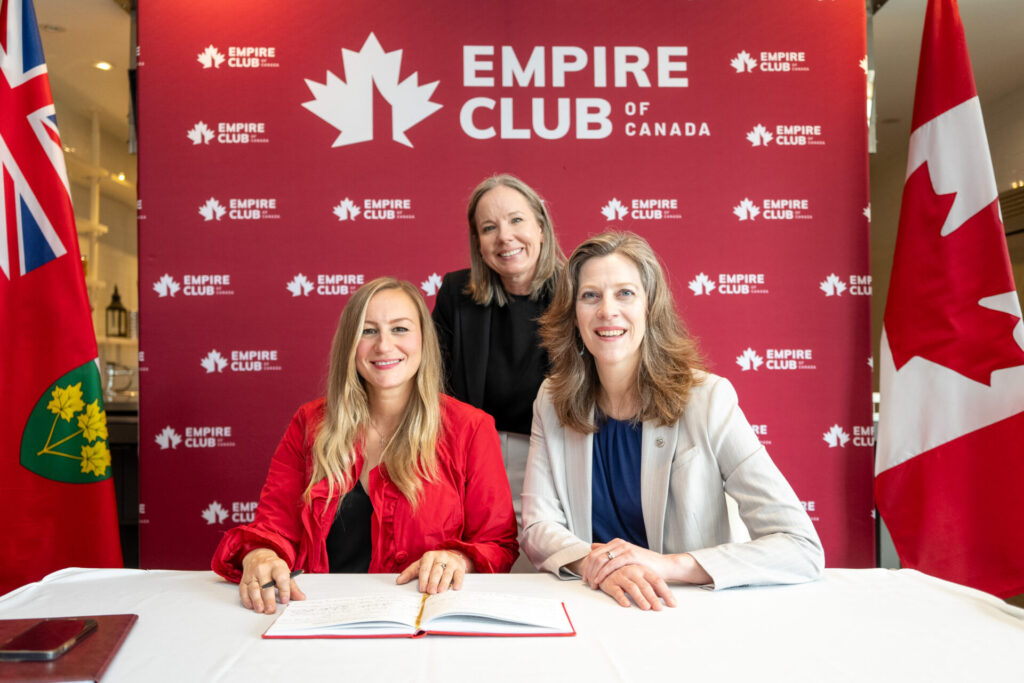
BC Major Infrastructure Projects
Infrastructure BC has issued the Spring 2025 BC Major Infrastructure Projects Brochure, marking the fifth anniversary of the brochure’s publication.
The brochure showcases public projects planned or underway in British Columbia, each with a value of more than $50 million. Projects range from early planning to pre-procurement and active procurement stages.
“Infrastructure BC supports the public sector by providing leadership in the procurement of complex capital projects,” said Bowinn Ma, Minister of Infrastructure. “By bringing together expertise across government, we’re working faster and smarter to get the infrastructure people in B.C. need—built efficiently and delivered sooner. Whether it’s hospitals, schools, or housing, we’re focused on ensuring communities have access to the vital public services they rely on.”
Infrastructure BC supports government and project owners in choosing the most suitable delivery model to build complex projects such as highways, bridges, schools, and hospitals. By publishing this brochure each spring and fall, Infrastructure BC aims to inform and engage the industry, contractors, subcontractors, and market participants about the upcoming opportunities.
“I welcome the addition of the District of Saanich as a new brochure contributor providing project data to Infrastructure BC’s Major Projects Brochure,” said Mark Liedemann, Infrastructure BC president and CEO. “Over the past five years, we consistently hear from stakeholders how important this brochure has grown to be. Market participants are greatly assisted in their future business planning due to the project data reflected in each spring and fall brochure publication. Our goal is to see the Major Projects Brochure continue to see an increase in the public sector owners who contribute project details each spring and fall.”
In addition to the District of Saanich, the Spring 2025 brochure features projects from the Province of British Columbia, Metro Vancouver, BC Hydro, Capital Regional District, TransLink, and Vancouver Fraser Port Authority.
Since 2002, Infrastructure BC has led the procurement of 84 completed projects valued at $32.5 billion.
Infrastructure BC services consist of project planning, including procurement analysis (through concept plans and business cases), procurement management, design and construction oversight, contract administration, and project communications support.
John Tenpenny is the Editor of ReNew Canada.
[This article appeared in the September/October 2025 issue of ReNew Canada.]
Featured image: B.C.’s Highway 99 Tunnel Program includes the Fraser River Tunnel project, which is the immersed tube tunnel to replace the existing George Massey Tunnel, as well as four key corridor improvement along Highway 99. (BC Ministry of Transportation and Transit)

